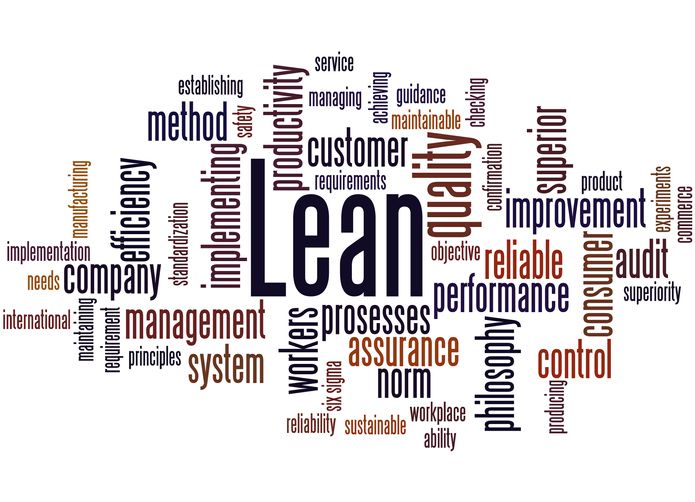Every day, it appears that the world is speeding up. Instant gratification has been produced by technology, and it is influencing businesses and product teams as well.
That’s why product teams need to be not only resourceful but also swift and nimble now more than ever. According to a Gartner poll, 32% of respondents claimed the desire to deliver faster was the primary motivation for adopting a product-centric approach, with “speed to market” as their primary indicator.
Lean product development allows you to minimise time to market without sacrificing quality or putting your team under additional strain.
What Is Lean Product Development?
Lean product development is an excellent technique to constantly design and assess the value your product brings to users. It focuses on a few key principles:
- reducing or eliminating waste and increasing efficiency
- reducing timelines
- maximizing profit and return on investment
- By developing new items, adding more value to the client
Because lean methodology focuses on making the most efficient use of resources and processes, whereas agile focuses on getting things done as quickly as possible, the two are not interchangeable.
Toyota is a well-known example of lean product development and management: in 2000, they employed lean product development to launch 14 new products, more than GM’s whole product line, with just 70,000 employees compared to 350,000 at GM.
The same concepts apply to software development with lean product development – get more done with less resources. However, it will take a lot of concentration to achieve; your staff will need to know exactly what they’re accountable for at each stage of the product development life cycle. Continuous learning is also emphasised in lean product development; when your team examines each iteration of the product and modifies based on those insights, they will gain more skill and knowledge.
In principle, that sounds fantastic, but how can you determine when it’s better to employ lean product development over other methods? It all starts with a thorough understanding of the main principles of lean product development so you can implement them in your organisation.
How Does It Work?
Product development teams are in charge of creating innovative goods that help their customers live better lives. This is a complicated field, with a bigger gap between creation, value delivery, and feedback than in other businesses.
It works by placing the product in the hands of its users, which allows the product development team to collect input on features. Short-cycle experimentation, prototypes, set-based design, and emergent practise are frequently used by designers. Short iterations and rapid adjustments to the product are possible as a result of this.
When To Use It?
It’s crucial to know when and how to implement lean product development. It’s always a good thing to be more efficient and waste less. However, there are some circumstances in which lean product development might be very advantageous to your team:
- You have a lot of product launch delays. According to a Gartner study, 45 percent of product debuts are at least a month late. This generates a negative consumer experience and tarnishes your brand’s reputation, both of which will hurt your bottom line in the long run.
- Your team is exhausted. Lean methdology maximises the utilisation of all of your resources, including your people. A learning atmosphere can also encourage and motivate your staff to work together to overcome obstacles.
- You have gaps in your knowledge. Lean product development, with its emphasis on learning, can help your team fill knowledge gaps and empower them with greater knowledge and skills. When it comes to determining consumer value for each new feature you offer, these gaps can be fatal.
Agile vs. Lean
Customer needs, iteration, and pull are all characteristics of the “agile development” approach. It focuses on learning through iterative development and using scrum boards to visualise process. A major advantage of the agile approach to enterprise software is faster customer feedback. Instead of releasing big batches of software or products, teams may incorporate consumer feedback into subsequent revisions fast with frequent software and product delivery.
Respect is at the heart of lean concepts, and putting them into practise can be difficult. Respect for the customer, employees, and organisation is at the heart of Lean. This is why, while it is simple to set up in principle, it is difficult to put into practise. It’s more difficult to achieve across larger companies.
What are the Benefits?
To be successful, you must be efficient. It aids in the reduction of time and effort spent on things that aren’t truly beneficial to customers. Knowing which procedures are worth investing in, what can be done without, and how to execute it all with relative ease are all part of effective, efficient innovation.
Companies that use lean product development may create goods faster and with less waste. Traditional product development methods are time-consuming and ineffective. Lean product development enhances cross-departmental communication and fully removes communication silos, resulting in superior products.
In a lean company, everyone works on the product from start to finish. This enables the product to improve and evolve.


